In Virginia, 33 percent of residents identify as politically conservative, with 24 percent claiming the liberal ideology, and 37 percent calling themselves political moderates.
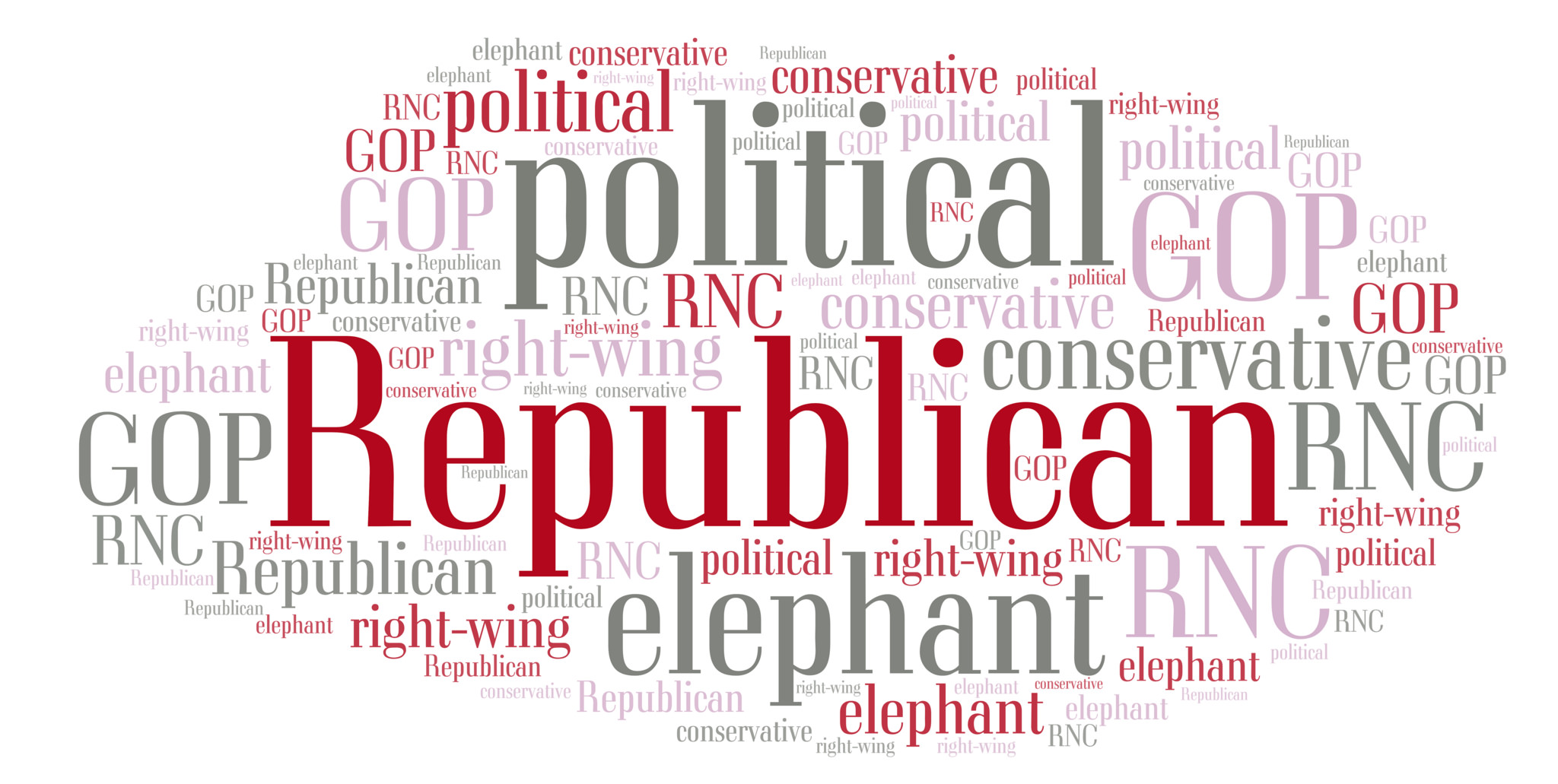
Virginia's Public Square
Virginia's Public Square

In Virginia, 33 percent of residents identify as politically conservative, with 24 percent claiming the liberal ideology, and 37 percent calling themselves political moderates.
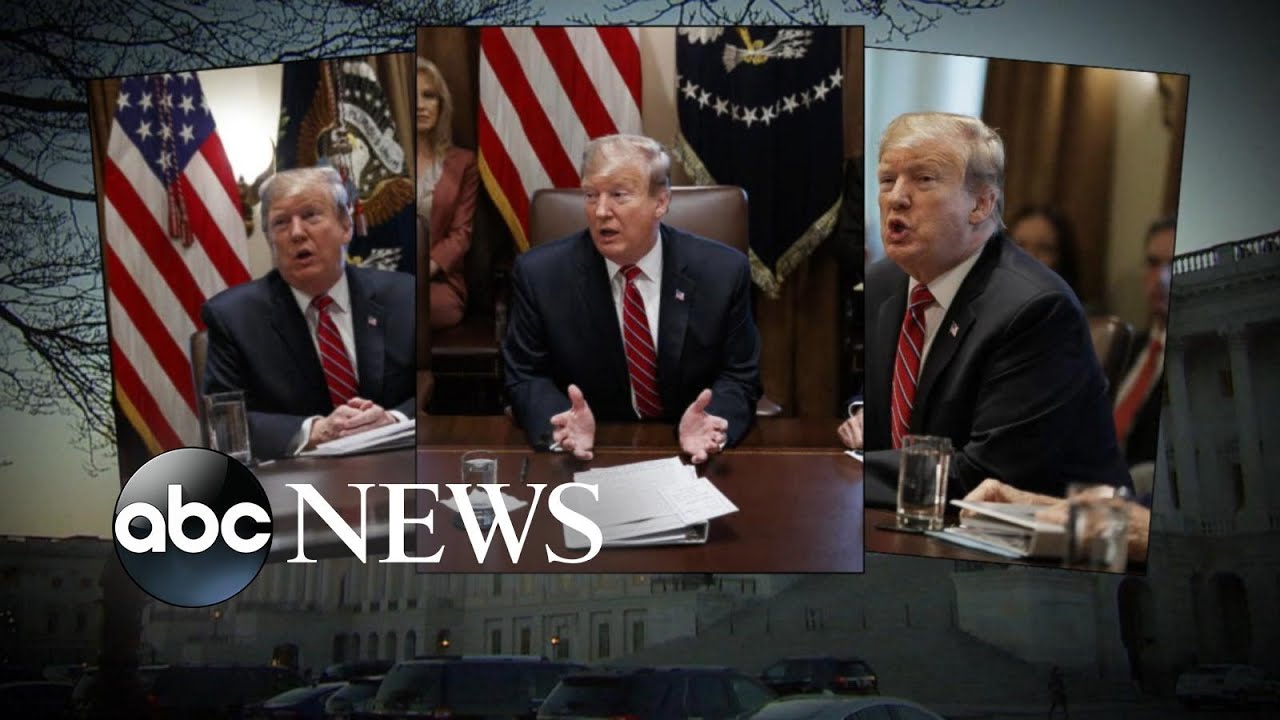
As the Friday deadline to pass a plan for border security to thwart yet another partial government shutdown edges closer, President Donald Trump will be getting money for his long-promised border wall, but much, much less than he originally requested. The 1,159-page border security compromise between both Republicans and Democrats in Congress gives Trump less than one quarter of the $5.7 billion he wanted to build the U.S.-Mexico border wall.
The bipartisan border deal includes just $1.375 billion for physical barriers. Nevertheless, the deal states that 55 miles worth of construction will begin in the Rio Grande Valley sector, which is said by U.S. Customs and Border Protection (CBP) to be the highest priority in its strategic plan to curb illegal border crossings.
Moreover, billions in funding was included for other border security programs like inspection equipment for ports of entry, humanitarian aid for detained migrants, funds to buy aircraft and materiel support, and provisions to hire 600 more customs officers and additional immigration judges.
On Tuesday in front of the White House, President Trump spoke of new border barrier construction beginning in southern Texas. “We just started a big, big section on the Rio Grande,” he said.
The six miles worth of concrete and steel barrier was announced in CBP’s 2018 fiscal year budget, which was not a part of the recently-struck deal. The Washington Examiner reports that the $145 million in wall construction will be supplemented by “detection technology, lighting, video surveillance, and an all-weather patrol road parallel.”
Although President Trump seems to be somewhat content with a full $23 billion in complete border protection funding, he is less than delighted with receiving four times less for wall construction than he requested.
After a two-month battle over border funding, which resulted in a 35-day partial government shutdown, the longest of such in U.S. history, the president will end up with the same amount of funding for the U.S.-Mexico border wall/barrier/fencing that he was offered before the shutdown showdown began.
In a little over one year, the argument surrounding border security funding has changed from Democrats once offering $25 billion for a border wall in exchange for immigration law changes and protections for Deferred Action for Childhood Arrivals (DACA) recipients, Democratic leaders then offering President Trump $1.3 billion for border fencing, a presumed compromise of $2.5 billion during the shutdown, to a final deal of $1.375 billion for barriers.
Though, while this will be seen by many as not the “big league” deal Trump or his most ardent supporters wanted, they may take some solace in Democratic Speaker of the House Nancy Pelosi going back on her word to not fund Trump’s “immoral” border wall.
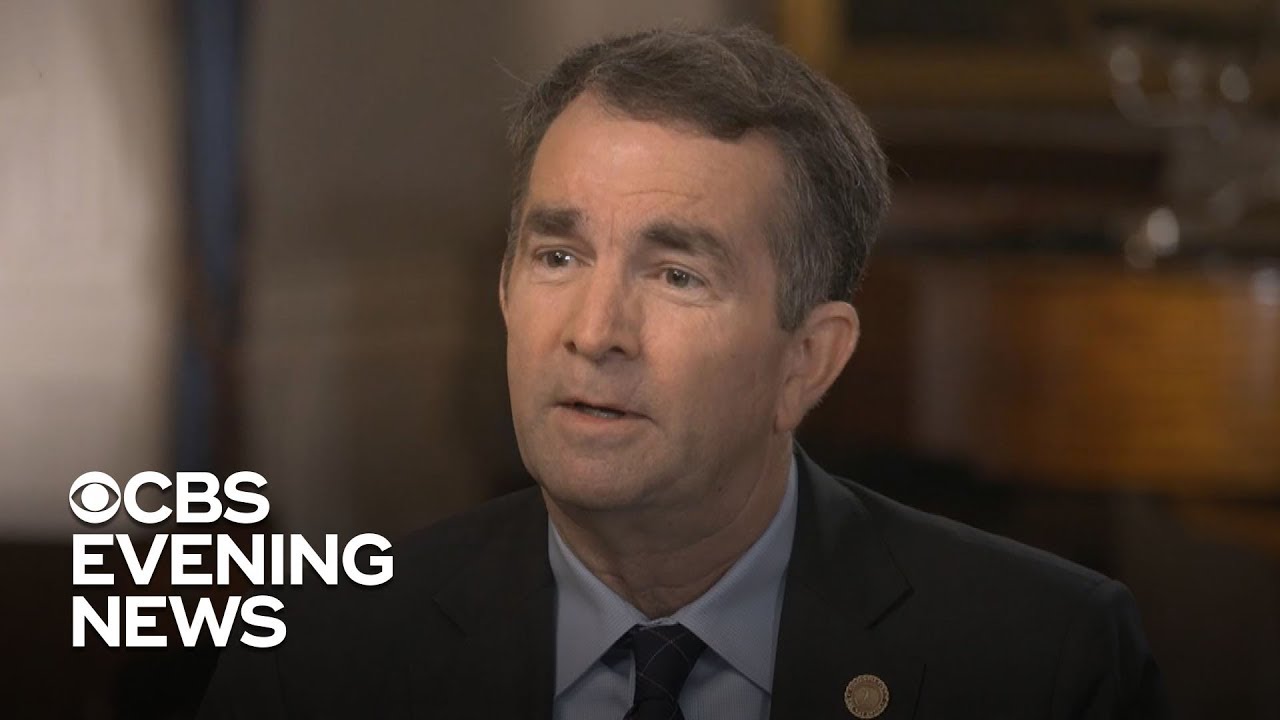
As embattled Virginia Governor Ralph Northam (D) attempts to rehabilitate his image in the week and a half since his extraordinary racial controversy began, he continues to show the Commonwealth and the nation at-large that he can no longer effectively govern. During an interview with Gayle King on “CBS This Morning” that aired Monday, not only did Northam call African slaves brought to colonial Virginia “indentured servants,” but now chalks up his racist photos to “white privilege.”
The fallout comes after a photo was released depicting Northam dressed either in blackface or in a Ku Klux Klan robe and hood in his 1984 Eastern Virginia Medical School yearbook. Shortly after the photo went viral, Northam confirmed that it was him depicted in the photo, but would not say which one he was dressed as – a man in blackface, or a man wearing KKK robes.
That night, he published a video statement explaining his remorse.
“I am deeply sorry. I cannot change the decisions I made, nor can I undo the harm my behavior caused then and today. But, I accept responsibility for my past actions, and I am ready to do the hard work of regaining your trust,” he said.
However, at a very odd press conference the following day, he walked back his admission, claiming that he was not in the photo, but then told a tale of when he did appear in blackface at a 1984 dance contest in San Antonio, Texas, dressed as Michael Jackson. Northam said he had “shoe polish” on his “cheeks” as a part of the costume.
“I have always liked Michael Jackson,” he said, noting that he did win the contest. He added that he “learned to do the moonwalk.”
The governor, after being asked by a reporter if he could still moonwalk, then grinned and looked to his right and left to find room to attempt to show off his dance. His wife, Pam, then said to him “inappropriate circumstances” as he was surrounded by a crowd of stunned reporters.
Dodging widespread calls for his resignation, protests in front of the Executive Mansion in Richmond, and even disappearing from the public eye for a few days, he then began his “I’m sorry” tour to explain his actions and announce that he will take on the responsibility of racial reconciliator for the remainder of his term, which ends in January 2022.
During the interview, King asked Northam, “what have you learned that you didn’t know before.”
“Well, several things, starting with I was born in white privilege and that has implications to it and it is much different the way a white person such as myself is treated in this country,” he said.
“Did you not know that you were born into white privilege?” King asked, interrupting the governor.
“I knew I was, Ms. King, but I didn’t realize, really, the powerful implications of that,” Northam explained. “And again, talking to a lot of friends, that has come crystally clear to me this week. I’ve also learned why the use of blackface is so offensive. And yes, I knew it in the past, but reality has really set in.”
When asked whether or not he knew appearing in blackface was offensive in the past, Northam said that he believes “we’re all on a learning curve.”
“Certainly, Ms. King, I am not the same person now at age 59 that I was back in my early 20s,” he added. “This is a week that has been very eye-opening to me.”
Therefore, Governor Northam did not know it was offensive to don blackface. Not only did he not know it was offensive in 1984, but he apparently did not know it is still offensive in 2019.
It is quite tough to actually analyze the entire situation that has embroiled Virginia’s governor. When it comes to “crisis communications 101,” Northam has written the complete annotated anthology of what not to say and what not to do.
To recap: he admitted to appearing in a racist photo, did not say if he was either dressed as a cartoonish blackface character or in the uniform of a white supremacy group, he then recanted saying that was not him in the photo, he changed his story, he told reporters he won a dance contest dressed in blackface as Michael Jackson, he almost moonwalked in front of national reporters, his wife told him not to moonwalk, he showed off his historical ineptness, and then chalked this all up to white privilege.
Questioning Virginians’ sanity for his own mistakes? If gaslighting needed a clear definition – here it is.
Furthermore, the question that has still yet to be fully answered is why Northam admitted to being the photo in the first place. In another part of the interview, he said he did it out of “shock” when seeing the photo, but that answer leaves a lot to be desired.
As well, his nickname while a cadet at the Virginia Military Institute (VMI) in the early 1980s was “Coonman,” a racial epithet. Why would he be called that unless it had a meaning?
Why wasn’t he asked about that in the CBS interview?
What is truly unbelievable, rather, what is truly fiction-turned-fact, is that literally every person in his own party is calling for him to resign, which is actually quite a conservative statement. There is most likely not one current elected Democratic office holder who has said he should stay in office.
To give a bit of perspective on that, let’s be honest here.
One can find a Democrat to support anything: Venezuela’s Maduro, Syria’s Assad, boycotting In-N-Out Burger, taxing cow farts, infanticide, blaming plastic straws for climate change, removing troops from Guam because the island will “tip over,” anything. But, there is not one Democrat supporting him on this.
Every day governor Northam remains in office is another day the Commonwealth of Virginia continues to be a punchline for skits on “Saturday Night Live,” a comedic comparison to the political process, and an erosion of the “Virginia Way.”
He needs to leave, immediately.
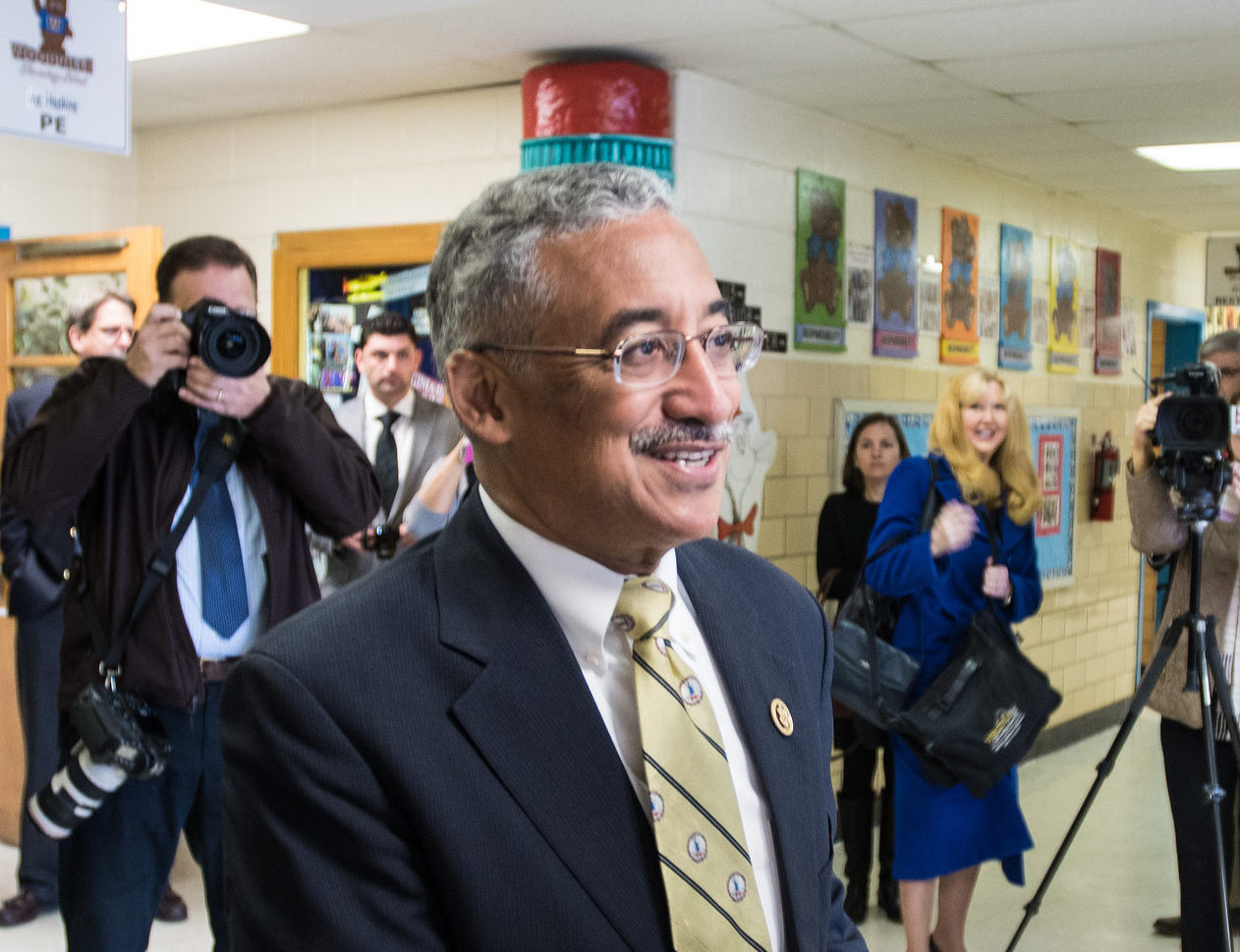
Congressman Bobby Scott was made aware of the sexual assault allegation against Lieutenant Governor Justin Fairfax in December 2017 and January 2018, but did absolutely nothing.

Ralph Northam, Virginia’s moonwalking, formerly-blackface governor, will not resign, but says he will “revisit” the decision if he is not “effective or efficient.”
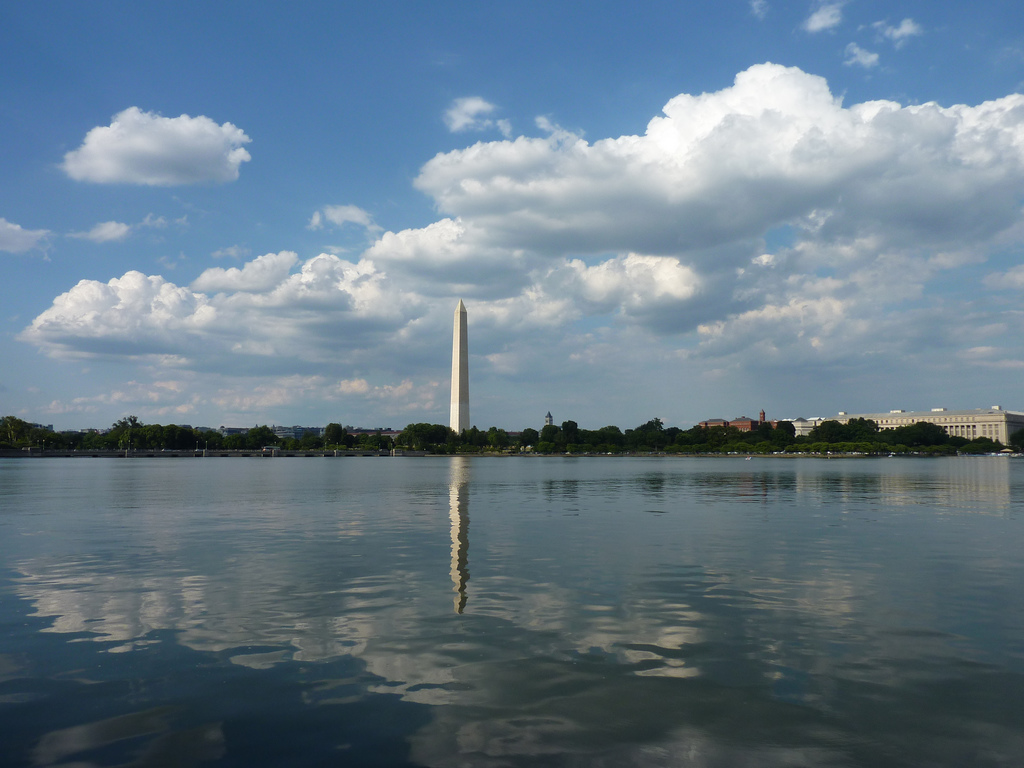
While President Donald Trump, the top Republican in power, has less than stellar favor with Americans, Speaker of the House Nancy Pelosi, the top Democrat in power, garnered even less good graces.

Former Democratic presidential nominee Hillary Clinton, who has come back into the spotlight recently, said this week that “civility can start again” after Democrats retake the majority in either House or Senate in next month’s elections. Republicans are now using this message and many others like it to keep the majority.
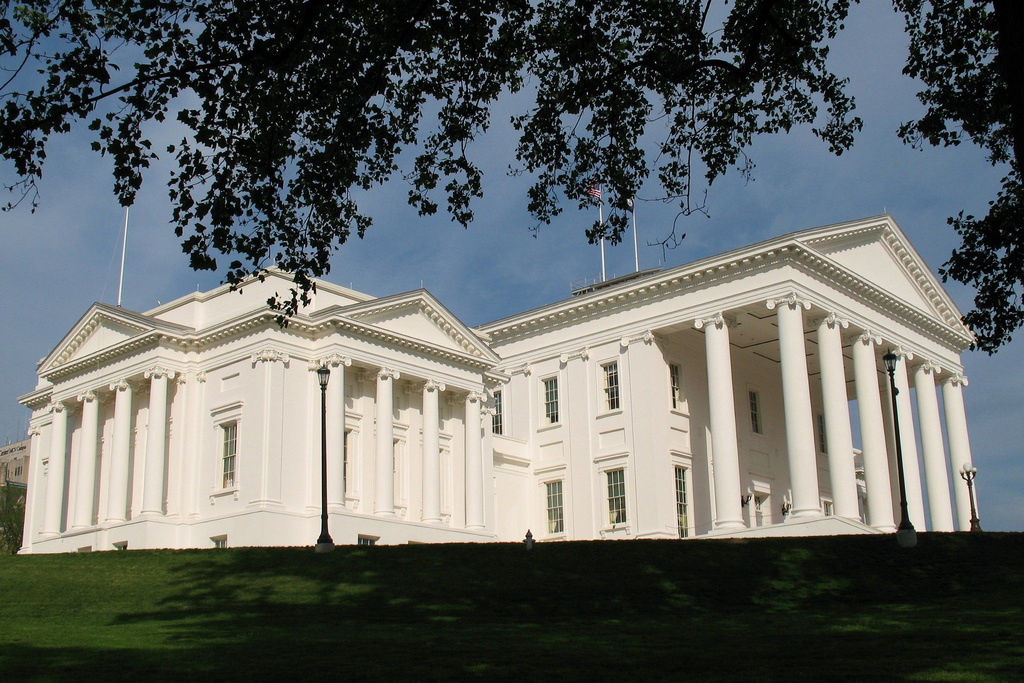
The map revealed by House Democrats on Wednesday shows changes in 29 of the Commonwealth’s 100 legislative districts, causing the GOP leadership to rail against the revamped boundaries.
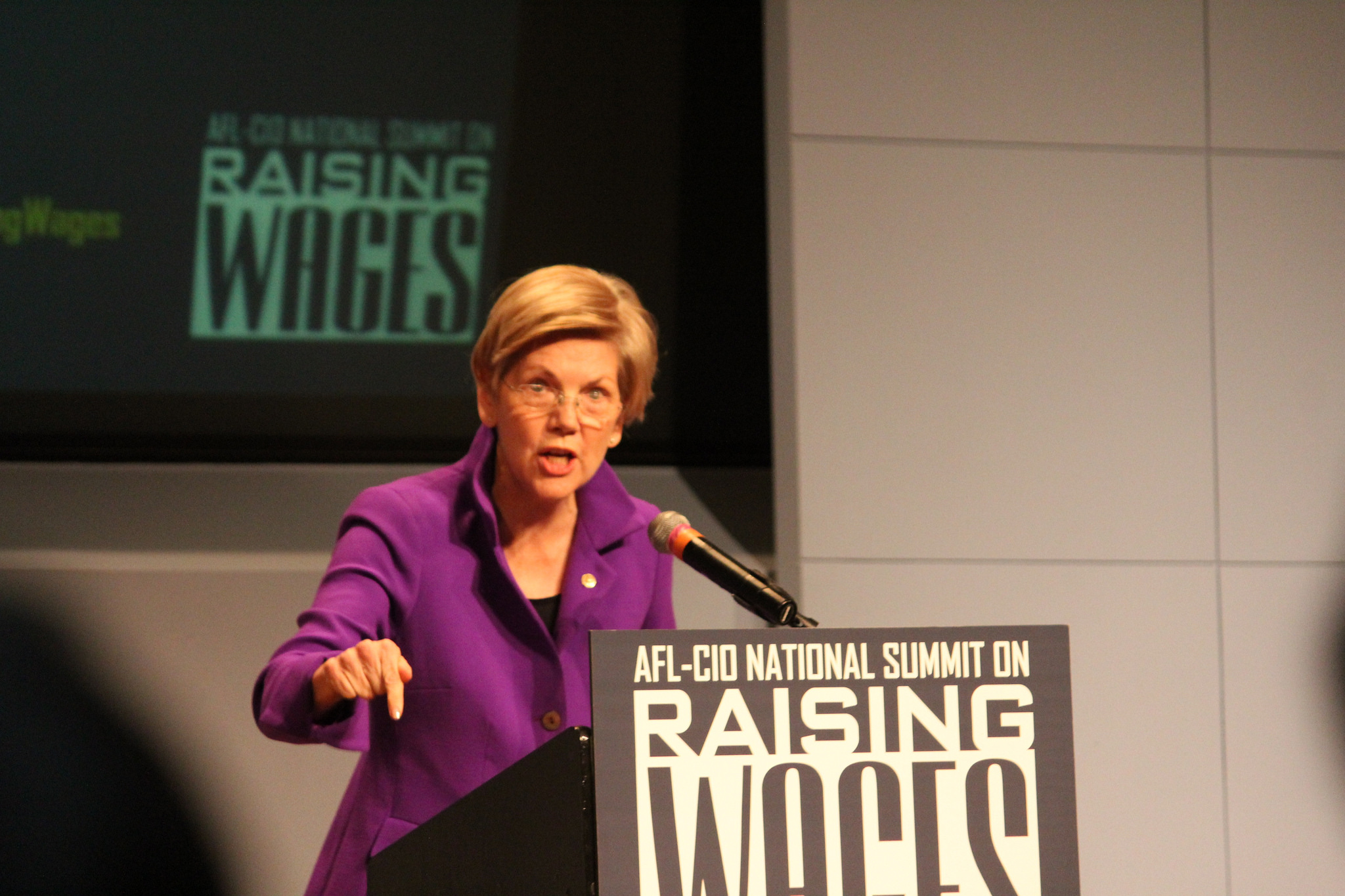
A new bill from Senator Elizabeth Warren has gotten approval from progressive Democrats, which seeks to completely redefine American capitalism.
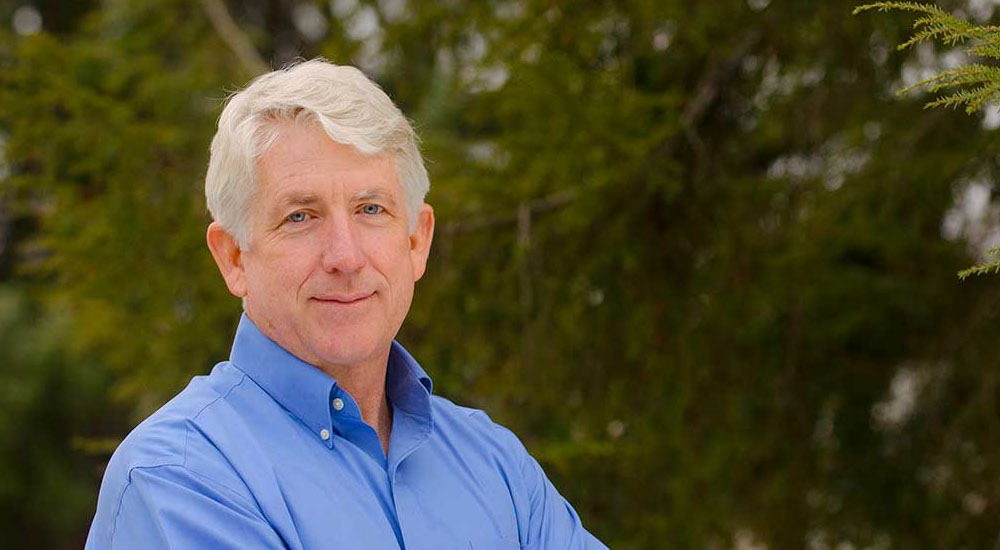
Virginia Attorney General Mark Herring forgets that favorable judgement has a price in the world of politics.